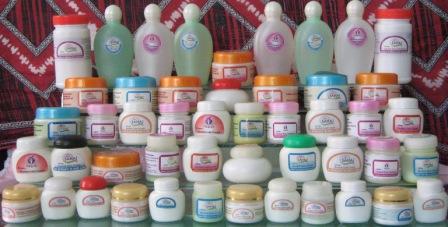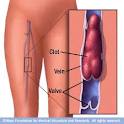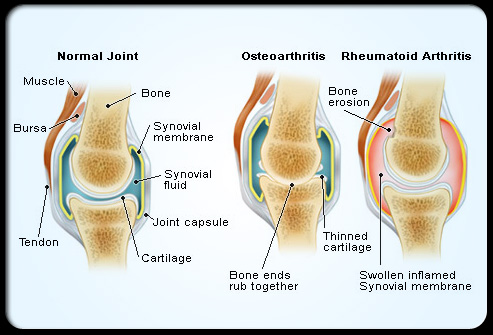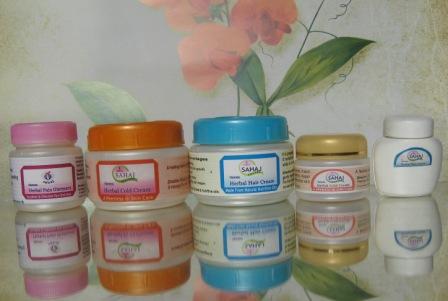When you eat fast,
you tend to eat more. If you always finish your meal before everyone
else, here are my top six tips to help you slow your eating habits.
“They call me the vacuum cleaner!” one of my patients told me
recently. He’s been a fast eater his entire life. “I grew up with six
brothers and sisters – so, counting my folks, there were nine of us at
the dinner table,” he told me. “As soon as mom put the food down, we’d
all scramble to get our share, and then eat it up as fast as we could –
because the fastest eater had the best chance of getting a second
helping before it was all gone!” Even though he no longer has nine
people at his dinner table, those old eating habits die hard. This guy
can
still demolish a plate of food in seconds flat.
I’ve asked clients like this to actually
keep track of how long it takes them to eat, and I’m often astonished at
how much food they can put away in just six or seven minutes.
Sometimes, like my client, the eating habit traces back to childhood.
But there are other reasons we eat fast, too. When you get too hungry,
or are presented with really enticing food, you tend to eat more quickly
– and to eat more. When you finally do get the chance to eat, you’re
likely to shovel it in. And, when you’re really hungry, you’re more
likely to reach for the unhealthy, high-calorie stuff, too.
Your stomach needs time to send signals to your brain to let you know
that you’re full – about 20 minutes or so. And it is a matter of
time, not
how much
food you eat. Eating more food won’t make the signals travel any faster
– there will always be about a 20 minute delay. So you
can feel
full on less food – as long as you can slow your pace enough to give
your body time to figure it out. Here are some tips to help you slow
your eating habits.
Improve your eating habits by slowing down
Eat in courses
Rather than sitting down with a whole plate
of food at one time, try eating in courses. Have your salad or veggies
first – which will allow you to start to fill up on the lowest calorie
part of your meal – then dig into the main course. If you have limited
time to finish your meal all at one time (like on your lunch break at
work), then eat the main portion of your meal at lunch and save the rest
for a snack, so you don’t feel pressure to eat everything quickly and
at once.
Take smaller bites
The larger the bite, the faster you’re
going to finish your food. When you take smaller bites, you can make
the meal last longer, which gives your brain some time to catch up with
your stomach. If you’re eating food that has to be cut up first – like a
piece of meat or chicken – cut it as you go. If you cut it all up into
bite-sized pieces and
then dig in, it’s too easy to get it all down quickly.
Eat more high fiber foods
High fiber foods aren’t just more
filling than low-fiber foods, they also take
longer to eat.
Crunchy raw fruits and vegetables and whole grains require more chewing
than foods like snack crackers or cookies, which slows you down.
Swallow each bite before loading up your fork again
Fast eaters often have their fork loaded
and ready to go while they’re still chewing the previous bite. If you
find yourself doing this, then make a point to change the sequence. The
next step after “chew and swallow” should be “reload fork”, not “shovel
in the next bite”.
Put utensils and hand-held foods down in between bites
This is another habit that may take some
time before it feels “natural”, but it really can help. Once you’ve
mastered the “swallow – load fork – take another bite” tactic above, you
can add another couple of steps: “swallow – put down fork – pick up
fork – load fork – take another bite”. And if you’re eating something
that doesn’t require utensils, like a burger or a sandwich, try to
resist the temptation to simply pick it up and gobble away. Instead,
practice putting it down between bites.
Sip on water throughout your meal
Train yourself to take sips of water
frequently during your meal. It not only slows your pace, it also
allows you to consume more water with your meal, which – in combination
with the food you’re eating – could help to fill you up.
***
Eating slower has
been shown to lead to weight loss, but maintaining a slower pace is hard
for people to do – and just as with other weight loss strategies, it
takes a lot of practice. Set aside time so you can have a leisurely
pace to your meals, rather than trying to “work them in” to your already
overscheduled day. Because when it comes to race to the finish, this
is one time when it’s good to finish last.











